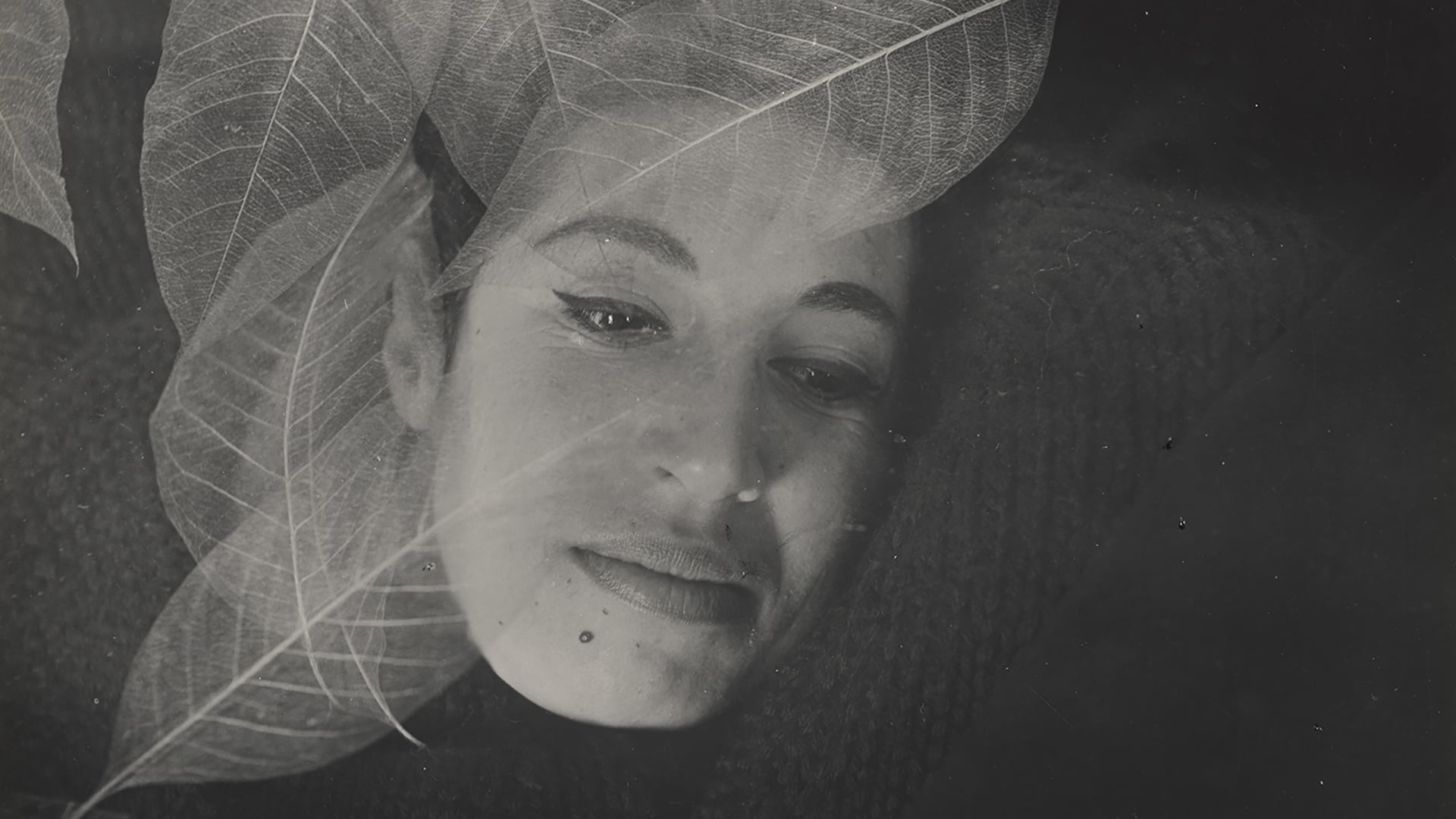
At 93, when asked what her favorite photograph was, Imogen Cunningham would reply, “the one I will take tomorrow.” A playfulness that says a lot about this American artist born in 1883, whose astonishing journey spanned more than seven decades.
At the beginning of the 20th century, for a woman to decide to become a photographer showed boldness and determination, two qualities that Imogen Cunningham most assuredly possessed.
Introduced to photography at an early age, Imogen Cunningham was given a scholarship to study photochemistry in Dresden after graduating from university.
At a time when women were confined to the roles of wife and mother, Imogen Cunningham proved to be a free thinker who never hesitated to shake up conventions. For her, there were no taboo subjects. In 1906, she produced a portrait of herself lying nude in a field.
In 1915, she had her husband pose in his birthday suit as well, again in a rural setting. Published in a Seattle newspaper, the photo caused an uproar. As early as 1913, in an article titled “Photography As a Profession for Women,” Imogen Cunningham had taken a clear stance: “Photography is not a better profession for a woman or for a man, it is simply a profession.” Later, she would elaborate on her point of view: “I am a photographer, not a woman. I don’t think it makes a difference when you work.”


Imogen Cunningham : embracing the diversity of photography
Imogen Cunningham, a woman who had been wearing the peace symbol ever since the end of WWII, went on to become an activist in the movements against racism and the Vietnam War.
Her photographic career is astonishing in terms of both its longevity and the diversity of her approach. Imogen Cunningham always refused to be locked into a genre: “I photograph anything that can be exhibited.” At a later stage in life, she shared her considerable knowledge and experience by teaching in different universities and art schools.
A look back at her younger years: after opening a studio in her Seattle home, Imogen Cunningham began to turn down commission work in order to experiment, becoming part of the Pictorial movement that claimed photography was a true art form.
When she moved to San Francisco in 1917, she was married with three young children. Limited in her ability to freely move about, she turned her lens on her garden to shoot still lifes of plants, a subject she went on to pursue for decades.
At the same time, Imogen Cunningham also shot a lot of nudes. In both cases, they were close-ups highlighting the folds of the skin or the shape and texture of the plants… a far cry from Pictorialism.


Imogen Cunningham was constantly reinventing herself and exploring different subjects, also for extensive periods of time. Self-portraits, for example, as well as street shots and portraits of other artists: Edward Weston, August Sander, Frida Kahlo, Gertrude Stein, Minor White, Alfred Stieglitz…
Never one to slow down, near the end of her life she initiated a new project: photographing elderly subjects, whose portraits were published in a book titled After Ninety. By an odd coincidence, she passed away the same day as Minor White.
By Sophie Bernard
Sophie Bernard is a journalist specializing in photography, a contributor to La Gazette de Drouot and Le Quotidien de l’Art, a curator and a teacher at EFET in Paris.
Imogen Cunningham: A Retrospective, texts by Paul Martineau and Susan Ehrens, Getty Publications, J. Paul Getty Museum, 256 pages, 58 euros. Buy it here.





